Honduras, a country nestled in the heart of Central America, is a land of diverse landscapes, rich cultural heritage, and ancient history. From its pristine beaches along the Caribbean Sea to its dense rainforests and majestic mountains, Honduras offers an array of experiences for travelers seeking adventure, relaxation, and cultural immersion.
With a history deeply rooted in the Maya civilization and a culture influenced by various ethnic groups, Honduras stands as a testament to the resilience and vibrancy of its people.
Table of Contents
Geography
Honduras is the second-largest country in Central America, covering an area of approximately 112,492 square kilometers. It is bordered by Guatemala to the west, El Salvador to the southwest, Nicaragua to the southeast, and both the Pacific Ocean and the Caribbean Sea to the north and south, respectively.
The country’s diverse topography includes coastal plains, highland areas, and rugged mountains, with the highest peak being Cerro Las Minas at 2,870 meters. The northern coast of Honduras is characterized by its extensive coastline along the Caribbean Sea, where the Bay Islands are located. These islands, including Roatán, Utila, and Guanaja, are renowned for their coral reefs and offer some of the best diving and snorkeling opportunities in the world.
Inland, Honduras is home to vast rainforests, national parks, and the Río Plátano Biosphere Reserve, a UNESCO World Heritage Site known for its biodiversity and indigenous cultures. The southern coast, which is smaller, meets the Pacific Ocean at the Gulf of Fonseca, shared with El Salvador and Nicaragua.
States of Honduras
Honduras is divided into 18 administrative divisions known as departments, not states. Each department is governed by a governor appointed by the President of Honduras.
| No. | Department | Capital |
|---|---|---|
| 1 | Atlántida | La Ceiba |
| 2 | Choluteca | Choluteca |
| 3 | Colón | Trujillo |
| 4 | Comayagua | Comayagua |
| 5 | Copán | Santa Rosa de Copán |
| 6 | Cortés | San Pedro Sula |
| 7 | El Paraíso | Yuscarán |
| 8 | Francisco Morazán | Tegucigalpa |
| 9 | Gracias a Dios | Puerto Lempira |
| 10 | Intibucá | La Esperanza |
| 11 | Islas de la Bahía | Roatán |
| 12 | La Paz | La Paz |
| 13 | Lempira | Gracias |
| 14 | Ocotepeque | Ocotepeque |
| 15 | Olancho | Juticalpa |
| 16 | Santa Bárbara | Santa Bárbara |
| 17 | Valle | Nacaome |
| 18 | Yoro | Yoro |
History
The history of Honduras is deeply intertwined with the ancient Maya civilization, which flourished in the region from around 2000 BC to the 9th century AD. The Maya established several important city-states, including the renowned Copán, which became a major center of art, culture, and astronomy during the Classic period. Copán is famous for its hieroglyphic stairway, intricately carved stelae, and impressive pyramids, which continue to draw archaeologists and tourists alike.
Following the decline of the Maya civilization, the region saw the arrival of various indigenous groups, including the Lenca, Pech, and Tolupan peoples. In 1502, Christopher Columbus became the first European to set foot in Honduras during his fourth voyage to the Americas. Spanish colonization soon followed, leading to the establishment of the city of Trujillo as the first capital of Honduras in 1525. The Spanish exploited the region’s resources, particularly silver, and imposed their rule over the indigenous populations.
Honduras gained independence from Spain in 1821, initially becoming part of the Mexican Empire and later the Central American Federation before establishing itself as an independent republic in 1838. The country experienced political instability and frequent changes in government throughout the 19th and 20th centuries. In the modern era, Honduras has faced challenges such as poverty, crime, and political unrest but continues to make strides in economic development and tourism.
Top 10 Must-Visit Destinations
1. Copán Ruins
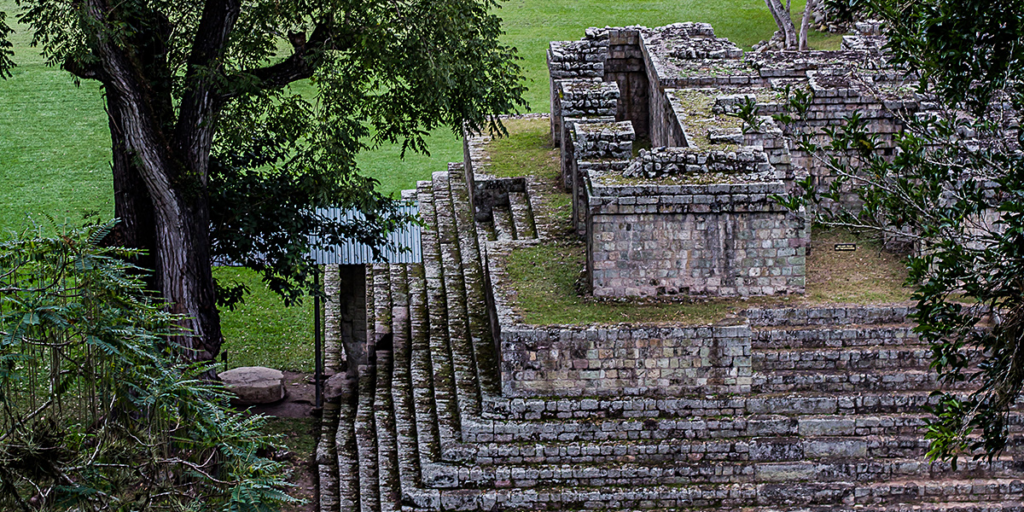
Copán is one of the most important archaeological sites of the Maya civilization, located in western Honduras near the Guatemalan border. The site is renowned for its intricately carved stelae, altars, and the famous hieroglyphic stairway, which contains the longest known Maya text. Visitors to Copán can explore its grand plazas, temples, and ball courts, gaining insight into the rich cultural and religious practices of the ancient Maya.
2. Roatán
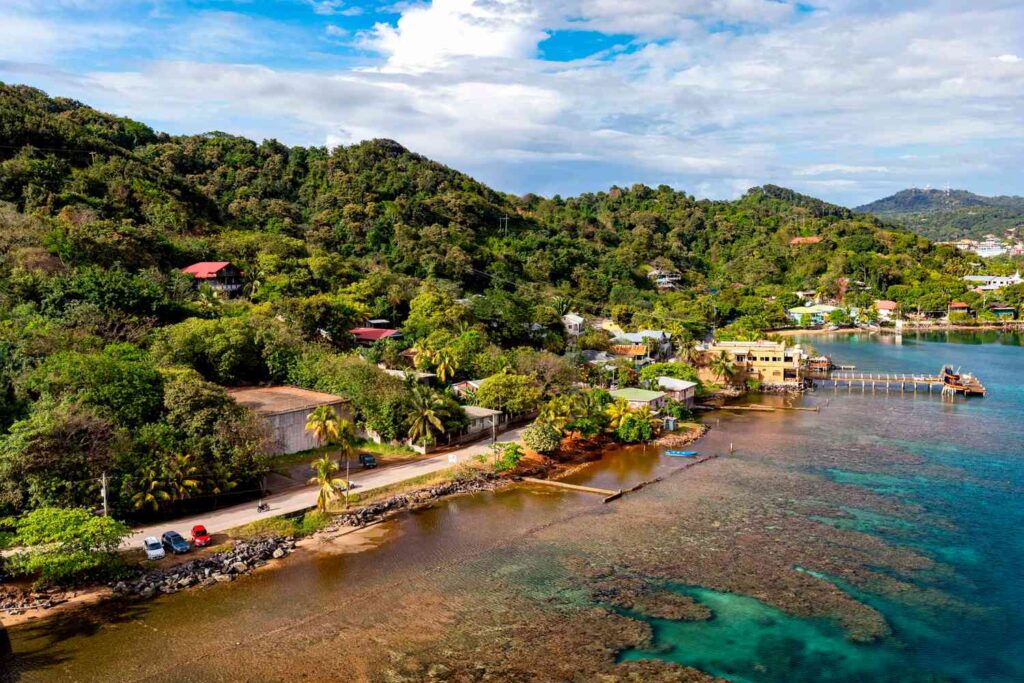
Roatán is the largest of the Bay Islands and a popular destination for beach lovers and divers. The island is surrounded by the Mesoamerican Barrier Reef, the second-largest coral reef system in the world, making it a paradise for underwater exploration. Roatán offers beautiful beaches, clear turquoise waters, and vibrant marine life, making it an ideal spot for snorkeling, diving, and enjoying the laid-back island lifestyle.
3. Utila

Utila is another of the Bay Islands, known for its affordability and vibrant backpacker community. The island is famous for its diving opportunities, particularly for those looking to get certified as divers. Utila is also one of the few places in the world where you can swim with whale sharks, the largest fish in the ocean, which frequent the waters around the island during certain times of the year.
4. La Tigra National Park
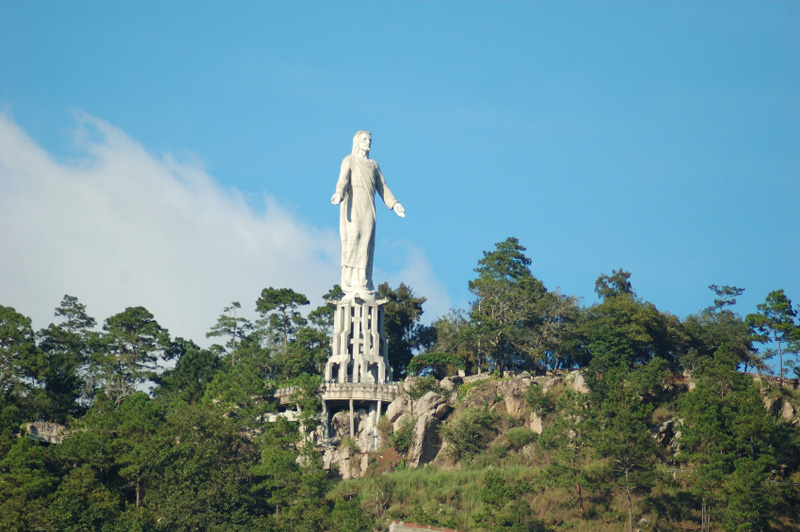
La Tigra National Park is located just 20 kilometers from the capital city of Tegucigalpa and is one of Honduras’ oldest and most important protected areas. The park is home to a cloud forest ecosystem, with lush vegetation, waterfalls, and a wide variety of wildlife, including pumas, ocelots, and over 200 species of birds. Hiking trails throughout the park offer visitors the chance to explore its natural beauty and enjoy stunning views of the surrounding landscape.
5. Lago de Yojoa
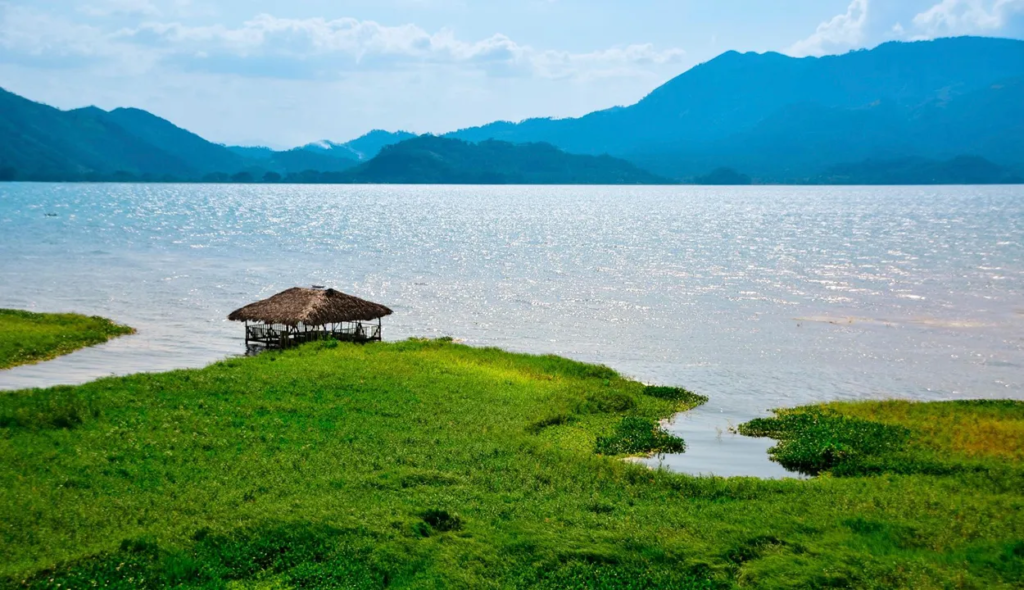
Lago de Yojoa is the largest natural lake in Honduras, situated between the cities of San Pedro Sula and Tegucigalpa. The lake is surrounded by lush mountains and is a popular destination for birdwatching, with over 480 species recorded in the area. Visitors can also enjoy activities such as kayaking, fishing, and exploring nearby waterfalls and caves, making Lago de Yojoa a serene retreat in the heart of Honduras.
6. Cayos Cochinos
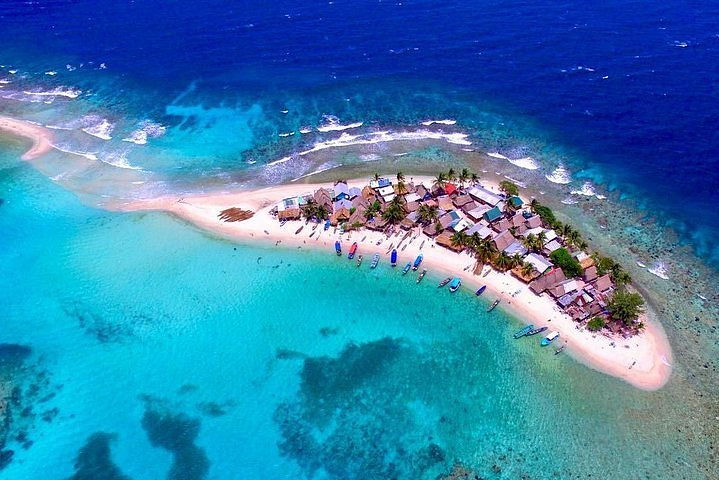
Cayos Cochinos is an archipelago of small islands and cays located off the northern coast of Honduras. This protected marine area is known for its crystal-clear waters, pristine coral reefs, and diverse marine life. The islands are a popular destination for snorkeling, diving, and eco-tourism, offering visitors a chance to experience the natural beauty of the Caribbean in an unspoiled setting.
7. Comayagua
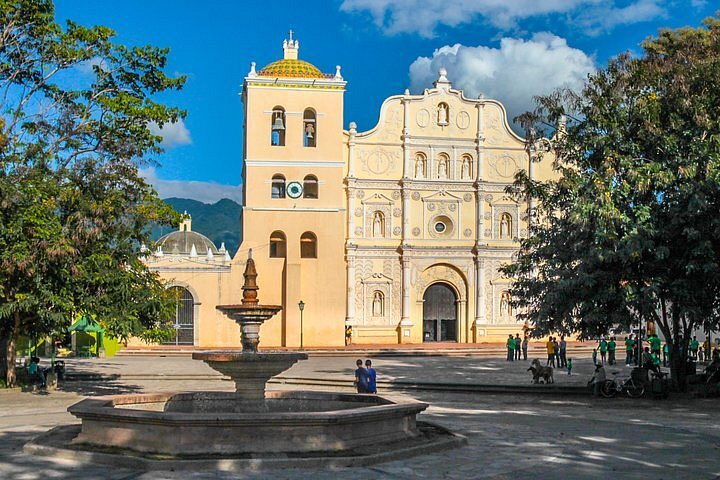
Comayagua is a historic city in central Honduras, known for its well-preserved colonial architecture and rich cultural heritage. The city served as the capital of Honduras during the colonial period and is home to the oldest clock in the Americas, located in the Comayagua Cathedral. Visitors to Comayagua can explore its charming streets, visit the colonial churches, and experience the city’s vibrant cultural festivals.
8. Pico Bonito National Park
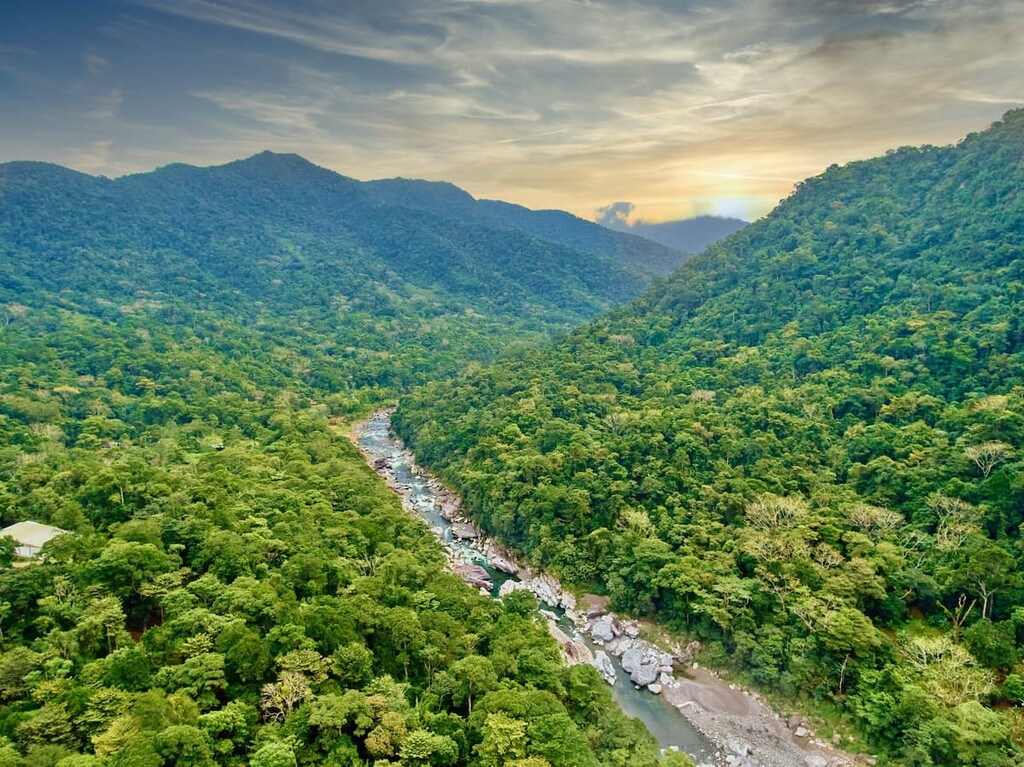
Pico Bonito National Park is located on the northern coast of Honduras, near the city of La Ceiba. The park is named after Pico Bonito, one of the highest peaks in the country, and is known for its rugged terrain, dense rainforests, and diverse wildlife. Hiking trails in the park lead to breathtaking waterfalls, rivers, and panoramic viewpoints, making it a popular destination for nature lovers and adventure seekers.
9. Trujillo

Trujillo is a historic port city on the northern coast of Honduras, known for its beautiful beaches and colonial charm. The city was founded by Spanish explorers in 1525 and served as an important center during the colonial period. Visitors to Trujillo can explore its historic fortifications, visit the nearby Capiro and Calentura National Park, and relax on the sandy shores of the Caribbean Sea.
10. Río Plátano Biosphere Reserve

The Río Plátano Biosphere Reserve is a UNESCO World Heritage Site located in the northeastern region of Honduras, along the Mosquito Coast. The reserve is one of the largest and most biodiverse protected areas in Central America, home to a wide variety of flora and fauna, including jaguars, tapirs, and harpy eagles. The reserve also contains significant cultural heritage, with indigenous communities such as the Miskito, Pech, and Garifuna living within its boundaries.
Culture
Honduras is a culturally diverse country with influences from its indigenous peoples, Spanish colonization, and African heritage. The population is predominantly Mestizo, but there are also significant indigenous communities, including the Maya, Lenca, and Garifuna, each with their own distinct traditions, languages, and cultural practices. Spanish is the official language, but indigenous languages and Garifuna are also spoken in certain regions.
Honduran culture is rich in music, dance, and art. Traditional music includes styles such as punta, played by the Garifuna, as well as marimba, which is popular throughout the country. Honduran cuisine reflects the country’s cultural diversity, with dishes like baleadas (a flour tortilla filled with beans, cheese, and other ingredients), tamales, and seafood from the coastal regions.
Festivals and religious celebrations play a significant role in Honduran society, with events like Semana Santa (Holy Week) and the Feria Juniana in San Pedro Sula being major cultural highlights.
Festivals
Honduras celebrates a variety of festivals that reflect its rich cultural heritage and religious traditions. One of the most important celebrations is Semana Santa (Holy Week), which takes place in the week leading up to Easter. During Semana Santa, elaborate processions, reenactments of the Passion of Christ, and religious ceremonies are held throughout the country, particularly in cities like Comayagua, which is known for its colorful sawdust carpets.
Another major festival is the Feria Juniana, celebrated in June in the city of San Pedro Sula. The Feria Juniana is a vibrant celebration that includes parades, concerts, traditional dances, and cultural exhibitions. It is one of the largest and most popular festivals in Honduras, attracting visitors from all over the country. Additionally, the Garifuna community celebrates Garifuna Settlement Day on November 26th, marking the arrival of the Garifuna people in Honduras. The day is celebrated with traditional music, dance, and cultural activities.
Economy
Honduras has a mixed economy, with agriculture, manufacturing, and services being the key sectors. Agriculture has traditionally been the backbone of the Honduran economy, with the country being a major exporter of coffee, bananas, and palm oil. Coffee is one of the most important export commodities, with Honduran coffee being renowned for its high quality.
The country is also one of the largest exporters of bananas in the world, with multinational companies operating large plantations in the northern region. In recent years, the manufacturing sector, particularly the maquiladora (assembly for export) industry, has become increasingly important. These factories produce textiles, apparel, and electronics for export, primarily to the United States.
The service sector, including tourism, has also grown in importance, with the Bay Islands, Copán, and other tourist destinations attracting visitors from around the world. Despite these developments, Honduras faces challenges such as poverty, unemployment, and inequality, which continue to impact its economic growth.
Top Eight Most Famous Food
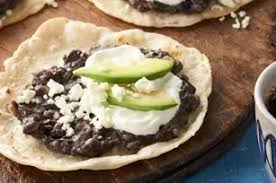
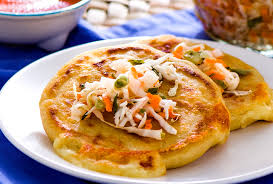
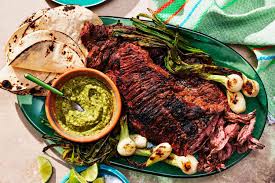



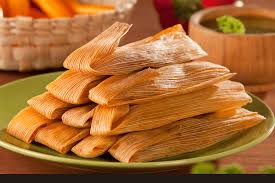
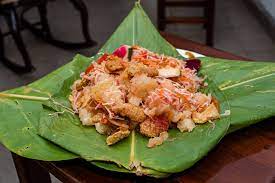
Ten Interesting Facts About Honduras
- Honduras is known as the “Land of the Great Depths” because of its deep waters along the Caribbean coast.
- The country is home to the Río Plátano Biosphere Reserve, one of the most important and biodiverse protected areas in Central America.
- The ancient Maya city of Copán is considered one of the most important archaeological sites in the Maya world.
- Honduras has the highest murder rate in the world, a statistic that has impacted its international reputation.
- The Garifuna people, descendants of African and indigenous Caribbean people, have a rich cultural heritage that includes unique music and dance styles.
- The Bay Islands are part of the second-largest coral reef system in the world, the Mesoamerican Barrier Reef.
- La Ceiba, a city on the northern coast, is known as the “Eco-Tourism Capital of Honduras” due to its proximity to national parks and protected areas.
- Honduras is one of the few countries in the world with both Caribbean and Pacific coastlines.
- The national bird of Honduras is the Scarlet Macaw, known for its vibrant red, blue, and yellow plumage.
- Tegucigalpa, the capital of Honduras, is one of the oldest cities in Central America, founded in 1578.
Conclusion
Honduras is a country of remarkable natural beauty, rich history, and diverse cultures. From the ancient ruins of Copán to the stunning coral reefs of the Bay Islands, Honduras offers a wealth of experiences for travelers. Despite facing challenges, the country’s vibrant culture, welcoming people, and breathtaking landscapes make it a destination worth exploring. Whether you’re seeking adventure, relaxation, or cultural immersion, Honduras is sure to captivate your heart.

